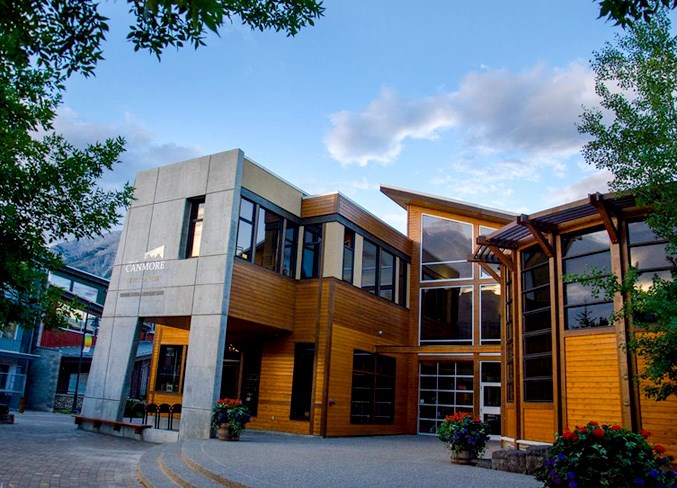CANMORE – Canmore has gone through many changes over the years.
What was once a wild place with few trees became an industrial mining centre, before it evolved into a place of sustainability and vast stretches of land covered with trees.
The Along The Bow: The Art Of This Place at the Canmore Museum showcases that changing look through the eyes of photographers and artists going back 125 years.
“We were looking for an inaugural exhibition for the new gallery space,” said Ron Ulrich, executive officer of the Canmore Museum. “We were looking for a show that would set the tone for the new direction of the gallery.”
The hope moving forward is that there will be one art exhibition, one history exhibition and one Indigenous exhibition, rotating every three to four months at the museum.
Bringing together the artistic legacy of the eastern Bow Valley from Canmore to Mînî Thnî gives a wonderful historic lens to an ever-changing area.
“This is an exhibition that I have really wanted to do,” said Mary-Beth Laviolette, art curator of the Canmore Museum. “Canmore and the Eastern Bow Valley, outside the Park Gates, has a really prominent role in what kind of art is being made in the Bow Valley.”
The process of accumulating the artwork, which came from 16 private individuals, as well as the Whyte Museum and the Alberta Foundation of the Arts, was lengthy, requiring significant research and logistics.
“Some of them are artists and some of them are collectors. That has been really important to make contact with these people and hopefully start the process of getting their work,” Laviolette said.
She added that looking at the paintings and pictures gives a sense of the changing landscape over time.
“We have a couple of historic photographs from the late-19th century that show that Canmore, to a large extent, was a pretty treeless place,” she said. “Bison came down into the Bow Valley in the winter and kept the vegetation down. You can see that Canmore is in a state of transition from its wild character to something much different now.”
Into the 1940s, the artistry shifts from a nature perspective to one that looks at the industry that dominated the area.
“In the 1940s, Canmore was a popular place to come and visit and paint,” Laviolette said. “People were here to paint the industrial life and the mining community and so on.”
The connection of art to the area, and the artists who have come here for 125 years, is something that Ulrich hopes visitors enjoy when they visit.
“For over 125 years, artists have connected to this place and we wanted to provide our visitors and our community with the sense of place as viewed through the lens of artists,” he said. “I hope they will walk away with a sense that art has been a vibrant part of Canmore life for over 125 years.”
For the exhibit, Laviolette hopes people see the area from a new perspective, with the added significance of time in the Bow Valley.
“The art has been made of this particular place that stretches all the way to Mînî Thnî,” she said. “We have a terrific representation from some Indigenous artists as well.”
The exhibit runs at the Canmore Museum from May 19 to Sept. 11, 2023.




